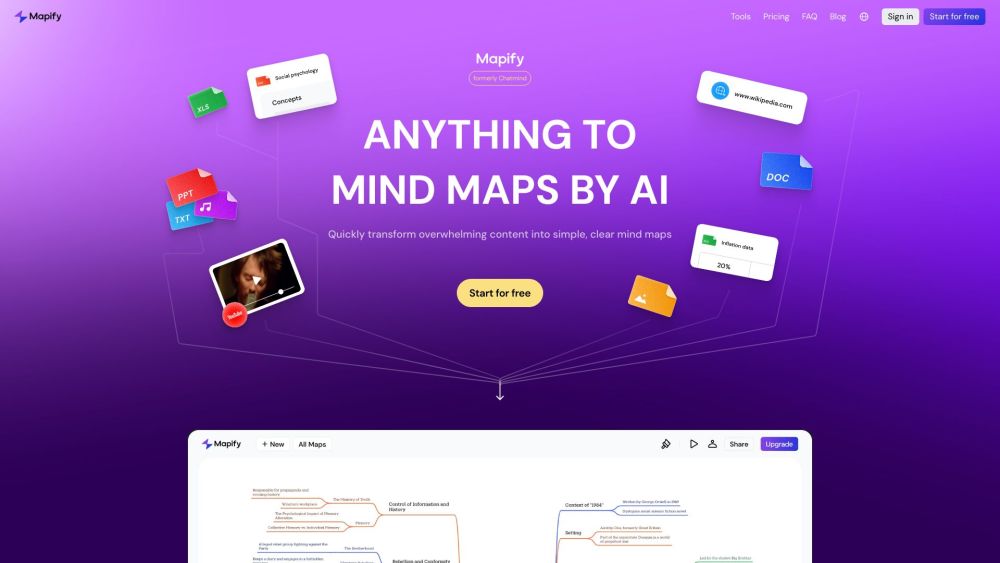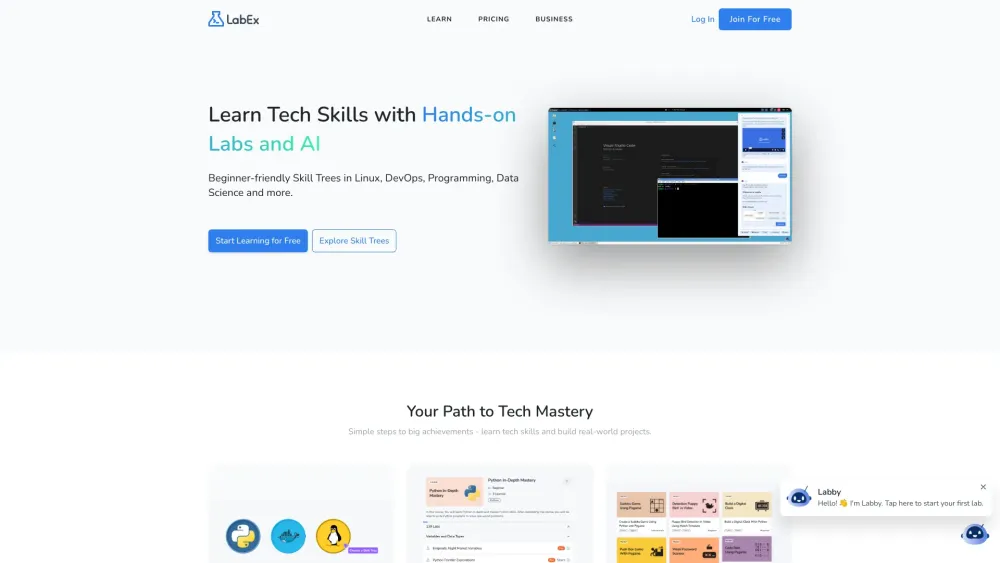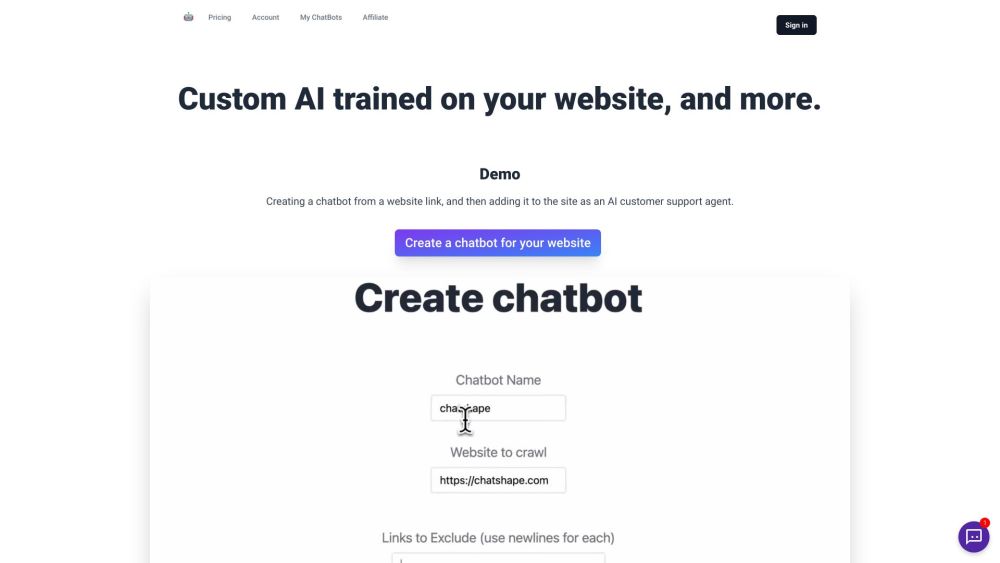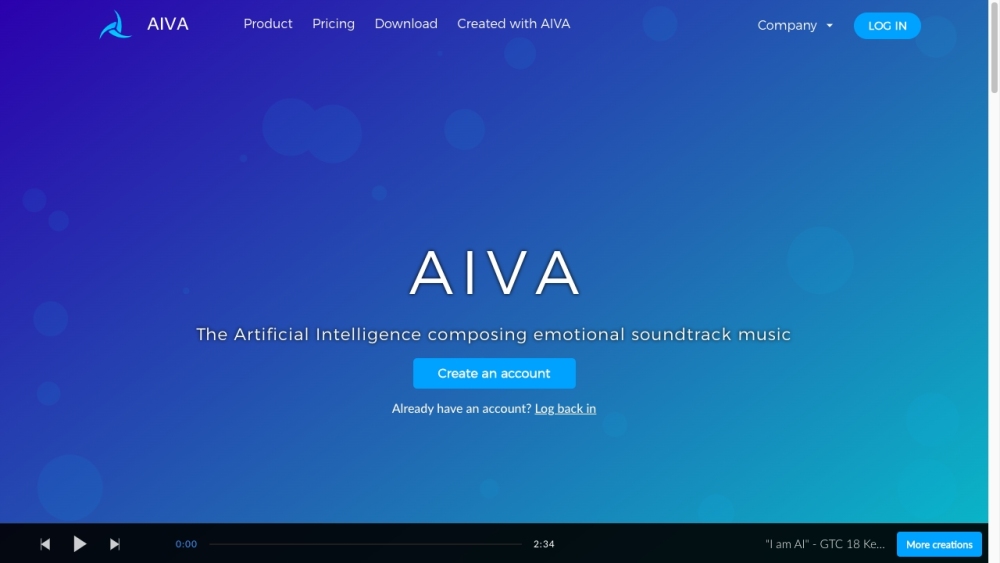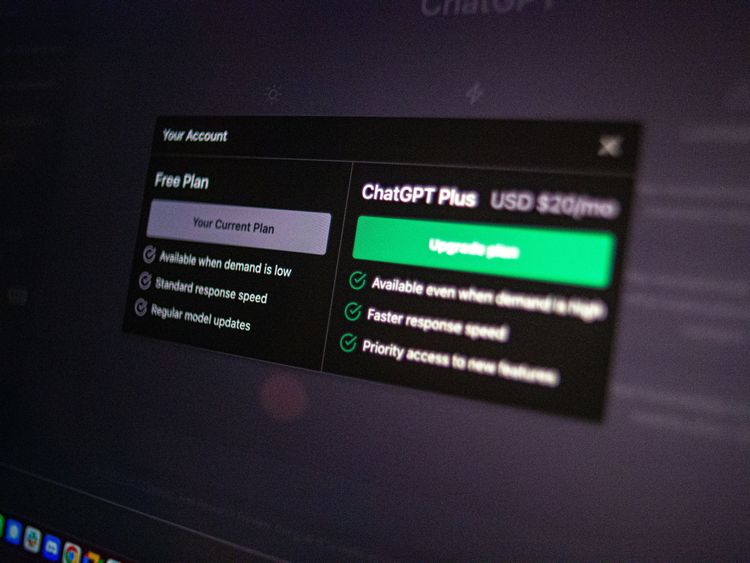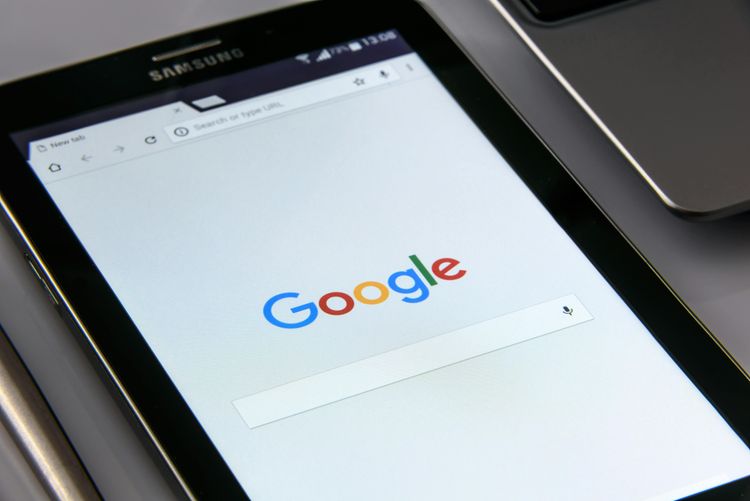YouTube has finally launched its AI dubbing service, a feature that was first announced a year and a half ago. This innovative tool is designed to make content more accessible to a global audience by automatically dubbing videos into different languages. The service is currently available to a select group of educational and informational channels within the YouTube Partner Program, with plans to expand its availability in the near future. This move by YouTube is a significant step towards breaking down language barriers and making knowledge and entertainment more universally accessible.
How YouTube's AI Dubbing Works
The AI dubbing service allows creators to automatically dub their English-language videos into a variety of languages, including French, German, Hindi, Indonesian, Italian, Japanese, Portuguese, and Spanish. Interestingly, videos in these languages can only be dubbed into English, which might be a limitation for non-English speaking creators. The dubbing process is fully automated, and creators have the opportunity to preview the dubbed versions before they are published. This feature can be particularly useful for educational content, as it can help reach a wider audience that may not speak the original language of the video. Dubbed videos are easily identifiable in the "languages" section of YouTube Studio, where they are marked with an auto-dubbed label.
The Quality and Potential of AI Dubbing
YouTube has shared three example videos to demonstrate the capabilities of the AI dubbing service. Two of these videos were originally in French and Hindi and have been dubbed into English, while the third offers multiple dubbing options from English. The English translations, while accurate in terms of content, sound somewhat artificial and lack the natural flow of human speech. This is not surprising, as AI-generated speech often struggles with the nuances of language, especially when it comes to dubbing, where the speech needs to match the original video's pace and tone.
It's worth noting that YouTube's examples focused on dubbed narration rather than on-screen dialogues. This could suggest that the AI might have difficulty handling fast speech or overlapping conversations, which are common in dialogue-heavy videos. However, this limitation could also be a result of the current stage of AI development, and we can expect improvements as the technology matures. YouTube acknowledges that the technology is still new and will not be perfect, but the potential for enhancing content accessibility is undeniable. As AI continues to advance, we can look forward to more natural-sounding dubs and a broader range of language options, making YouTube an even more inclusive platform for creators and viewers alike.
